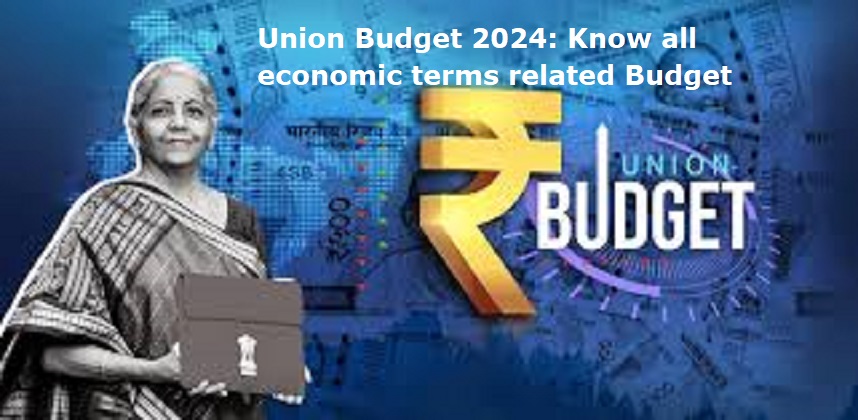
New Delhi: The Union Budget for 2024-2025 will be presented on July 23, 2024, at 11 am in the Parliament. She has earlier on February 1 presented the Interim Budget due to the 2024 Lok Sabha elections . This will be the first Budget by the BJP-led NDA government since it was re-elected last month. President Droupadi Murmu has officially approved the budget session to begin on July 22 and continue until August 12.
This year, Finance Minister Nirmala Sitharaman will become the first finance minister in India’s history to deliver seven consecutive budgets. She will surpass the record previously held by Morarji Desai, who presented six consecutive budgets between 1959 and 1963.
According to Article 112 of the Constitution, the government is required to present a statement of estimated income and expenses for each financial year, which runs from April 1 to March 31, to the Parliament.
Also Read: Indian Railways revises timings of this Vande Bharat Express: Details
Here are some terms that are associated with the Union Budget:
Budget: A government budget is an annual financial statement of the estimated receipts and expenditure of the government over the fiscal year.
Capital Expenditure: Capital expenditure is the money spent by the government on the development of machinery, equipment, building, health facilities, education, etc. This is the money spent by government to create assets like schools, colleges, hospitals, roads, bridges, dams, railway lines, airports and seaports.
Cess: Cess is an additional levy on the basic tax liability. Governments impose cess for meeting specific expenditure. Cess is different from taxes in two aspects: One, it is imposed as an additional tax besides the existing tax. Secondly, the proceeds of a cess may or may not be shared with the state governments, while that of taxes have to be shared.
Fiscal deficit: This is the gap between the government’s total spending and the sum of its revenue receipts and non-debt capital receipts. It represents the total amount of borrowed funds required by the government to completely meet its expenditure. The fiscal deficit is one of the major contributors to inflation.
Public debt: It is the total amount, including total liabilities, borrowed by the government to meet its development budget. Public debt can be split into internal (money borrowed within the country) and external (funds borrowed from non-Indian sources). Internal debt comprises treasury bills, market stabilisation schemes, ways and means advance, and securities against small savings.
Inflation: Inflation is the situation where prices of the goods generally increase and purchasing value of money falls in an economy.
In India, there are two main sets of inflation indices to measure changes in price levels — Consumer Price Index (CPI) and Wholesale Price Index (WPI). CPI tracks any shift in retail prices of essential and daily goods and services consumed by households across the country. WPI is the average change in the price of commodities at the wholesale level.
Gross Domestic Product: Gross Domestic Product (GDP) is the value of the goods and services produced within the country during a year. GDP is the measure of the country’s economic output.

Post Your Comments